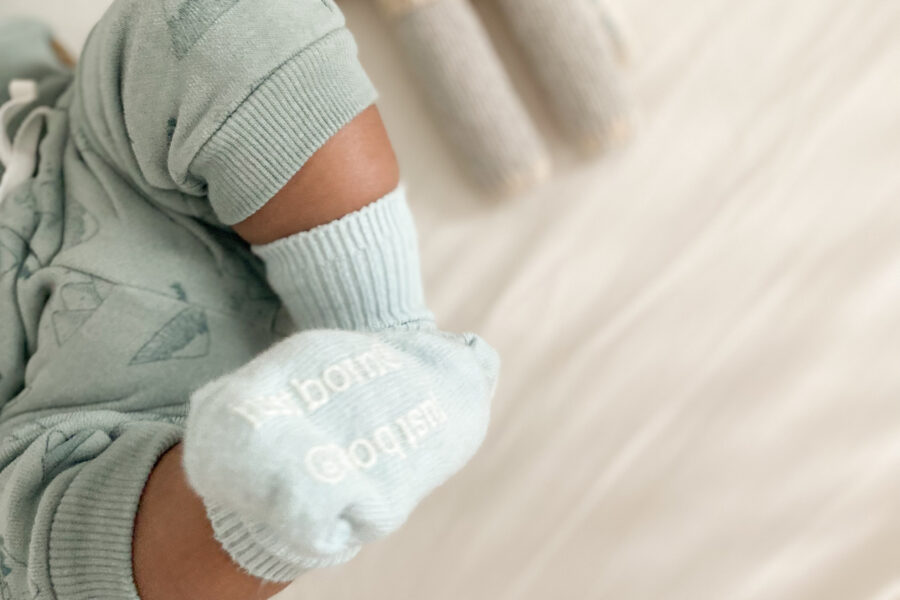Disclosure – This post is supported by peered-review journals but does not replace medical advice from a health professor. If you suffer from severe asthma, please consult your doctor.

Prior to the COVID-19 pandemic, according to EPA’s report, 90 percent of Americans spent their time indoors. 90%!!!! I would say that this stat similarly reflects Canadians. Think about it, if you occupy a job or you’re in the educational system, at least eight hours of your day is spent in school or at work. The 10% possibility represents travel time or recreational walks/runs. The remaining of that percentage is spent in our homes, at a fitness or sports facility, recreational centre, wellness centre, you name it. But the point is, we spend 90% of our time indoors. Now, during this pandemic, we are most likely spending 97-99% of our time indoors. That’s our entire day!
EPA’s report shows that some pollutants are often two to five times higher indoors than the typical outdoor concentrations.
How is that even possible? I mean, it’s pretty obvious that outdoor air pollution is worst due to transportation vehicles, traffic, industrial farming, factories, construction and other combustion sources.
Did you also know that “asthma affects the lives of over 850,000 children in Canada.”
In fact, “In young children, cough is often the only symptom of asthma.
The WELL Building Standard explains that,
“Indoor air quality can be degraded by these outdoor sources, as well as by off-gassing from building materials, indoor combustion sources and water leaks.”
Health Canada breaks it down for us in the simplest form possible:
“Key indoor activities that can generate indoor air pollutants include: smoking, heating, activities that take place in an attached garage and cooking
Smoking
Cigarette smoke emits a wide range of chemicals, such as carbon monoxide (CO), formaldehyde, volatile organic chemicals (VOCs), including benzene and formaldehyde, particulate matter
Heating
CO, nitrogen dioxide (NO2), VOCs and particulate matter can be emitted from appliances like gas and wood fireplaces, gas or oil furnaces, gas water heaters
Activities that take place in an attached garage
An idling car, starting your gas-powered lawnmower or snow blower, operating a generator or using a barbecue inside your garage emits CO, NO2, VOCs and particulate matter. These pollutants can enter the home when the garage door is open or closed.
Cooking
Cooking methods like frying emit more particles than others and can also increase humidity levels. Cooking with a gas stove increases the number of pollutants if a range hood is not used properly. Pollutants include particulate matter and NO2.
Non-combustion sources
Household items, personal care products, building materials and hobbies can also contribute to poor indoor air quality.
Household items
Household items can release gases such as VOCs, including formaldehyde, into the air in your home. This is known as off-gassing. Some items can also produce particles. Items that can release gases or particles include: furniture and cabinets, carpets, candles, incense, and cleaning products. Carpets, fabric, foam chair cushions, pillows and mattresses can also attract dust mites. These mites produce allergens. Photocopiers and some portable air cleaners may also produce ozone.
Personal care products
Some personal care products such as cosmetics and perfumes can release chemicals into the air.
Building materials
Building materials can also release gases such as formaldehyde and other VOCs into the air. These materials include: insulation, flooring, wood products, glues, solvents, paints and varnishes
Hobbies
Different hobbies can release gases and particles. Hobbies that can contribute to indoor air pollution include: woodworking, carving, arts and crafts
Dampness and water leaks
Areas where stagnant water builds up or damp places like showers and basements are sources for biological pollutants like bacteria, mold and fungi. High humidity, leaks, water infiltration and flooding conditions can cause mold to grow indoors.”
Did you know that asthma affects 3.8 million people in Canada. This respiratory disease does not discriminate; it affects all age groups and gender. Most of the time we can take the simple function of breathing for granted, but for those who have asthma, breathing is a challenge!
Why should you care about indoor pollutants? Let me tell you. Poor air quality can lead to “Sick Building Syndrome (SBS).” As per the WELL Building Standard, “SBS symptoms include various nonspecific symptoms such as eye, skin and airway irritation, as well as headache and fatigue.”
Whether you have asthma or not, it’s crucial that we take care of our health and ensure that our homes have the best indoor air quality possible.
Let me help you!

Here are 5 steps you can apply this week to improve your indoor air quality and BREATH better!
- Make your home a tobacco-free environment. (Recommended by Health Canada)
- Reduce the use of candles and incense in your home – if you need to extinguish candles, use a snuffer instead of blowing them out. (Recommended by Health Canada)
- Use an exhaust fan every time you cook or every time you are in the shower. By doing so, you are controlling the humidity levels in your home and preventing mold. (Recommended by Health Canada)
- Create a healthy entryway. When we are entering our homes from the outdoors, there are possibilities that we are carrying harmful contaminants under our shoes such as bacteria, heavy metals, lawn and agricultural pesticides and other toxins. Therefore ensure that you have a walk-off system (eg. rollout mat) in your entryway to ensure you’re not bringing those contaminants within your home. (Recommended by WELL Building Standard)
- Get an air purifier! There are so many options on the market, which makes it hard to choose. Simple advice, get one with a high-efficiency particle air (HEPA) filter. A HEPA filter can capture 99.97% of allergens related to pets, dust, smoke, pollen and mold spores within your home. I personally use Bionaire but there are a few with great reviews that won’t break the bank:
a) Dupray
b) AtmosC
b) LEVOIT
c) Dyson (On the higher end but excellent quality with multiple functions)
There you have it! 5 great tips you can apply in your home this week and see will improve your indoor air quality and breathing.
Sources:
- Asthma Canada: https://asthma.ca/wp-content/uploads/2019/02/Asthma-101.pdf
- Health Canada: https://www.canada.ca/en/health-canada/services/air-quality/improve-indoor-air-quality.html#a3
- EPA: https://www.epa.gov/report-environment/indoor-air-quality
- CDC: https://www.cdc.gov/asthma/triggers.html
- The Lung Association: https://www.lung.ca/lung-health/air-quality/your-healthy-home/healthy-home-tour/childs-bedroom/air-cleaner
- WELL Building Standard: https://v2.wellcertified.com/v/en/air
